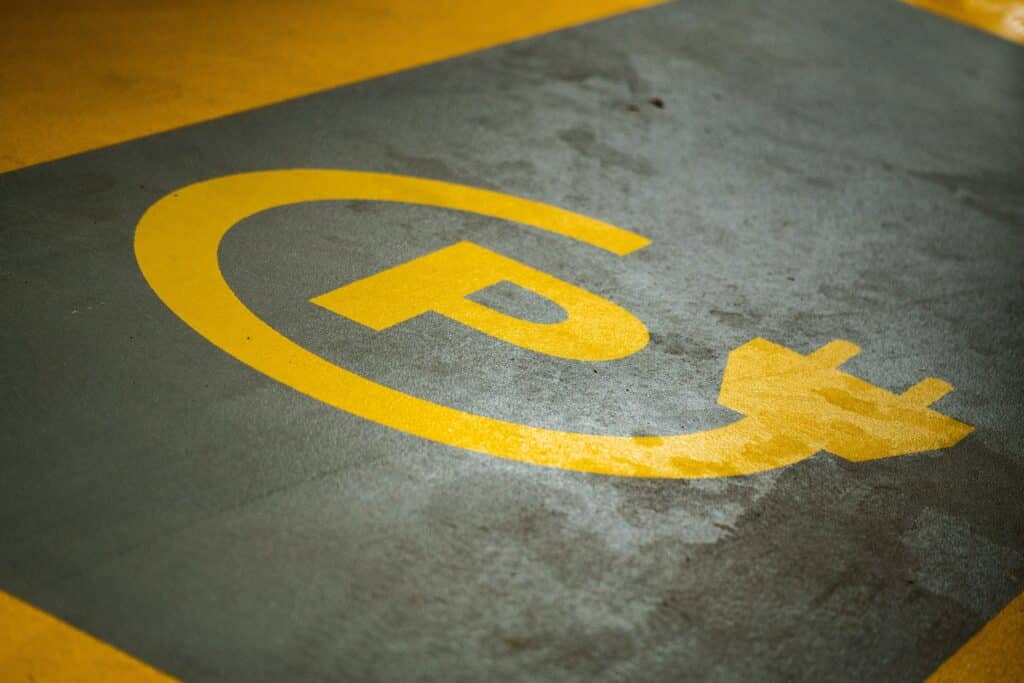To achieve universal electricity access by 2030, the pace of expansion needs to at least double, and estimates suggest that off-grid solutions will provide roughly 60 per cent of the additional generation needed.
Renewables are now the default cost-competitive choice for off-grid installations, both stand-alone and mini-grids, in most rural and peri-urban areas. It’s estimated that as many as 350,000 mini-grids will be needed to achieve universal access in Africa — 60,000 to be deployed in West Africa alone by 2020.
IRENA has recently launched two reports highlighting recent and future renewable mini-grid technological innovations, and the policy and regulatory approaches that can further incentivise its deployment and help achieve universal energy access.
The Innovation Outlook: Renewable Mini-grid report finds that technology innovation, accompanied by innovation in business models and finance, will result in a 60 per cent decrease in the cost of producing electricity from renewable mini-grids in the next 20 years.
However, mini-grid technology advancements can only be taken advantage of if the right policies and legislative incentives are in place. In Policies and Regulations for Private Sector Mini-grids, IRENA describes how regulatory measures, divided into three categories (primary, secondary, and tertiary), can increase mini-grid adoption with further engagement from the private sector.






